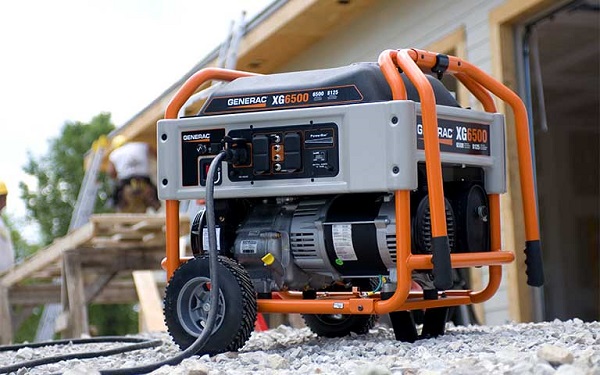With so many generator models on the market, choosing the right one can be a difficult task. In order to select a generator that is right for your needs, consider whether you need a generator for your business office, home, camping, remote job site or recreation. Defining the purpose why you need a generator is the first step for selecting the right generator. Generally these machines come in two main types: stationary and portable generators. The stationary models are usually installed outside. And because they work on natural gas or propane instead of gasoline, they provide clean energy.

The portable generators can supply power for different devices in your home when you are facing a blackout. Outside your home, a small generator can provide power for small appliances, like TVs, lights and power tools. These machines are ideal for camping. You can use medium or larger portable generators at construction sites in order to operate power tools like saws, drills, air compressors and paint sprayers. The small and middle sized models usually generate power from 3,000 to 8,500 watts. Most portable generators run on gasoline, but some can use propane or natural gas. The portable generators are less expensive when compared to the stationary models, and are easy to store and move.
Buying a generator is just the beginning. Some models don’t come with additional parts. Others might let you down when you need them the most. In addition, here are few simple steps to follow when looking for a generator for your home or construction site.
Reliability – Generators are machines that are categorized by wattage. The wattage determines how may appliances and lights you can run at the same time. Generator manufacturers produce high wattage machines for extra power which is required by some complicated electrical devices.
Which generator to choose – Decide what you need to power. If that includes an electric oven, dryer or a central air conditioner, you will need a larger and powerful generator. Also, think about the fuel. Most portable generators use 8 to 22 liters of gasoline per day. Look for some smart features. For example, some portable generators can be automatically turned off when the oil level is very low.
The portable generators are the biggest sellers on market. Functional and with innovative features, they are easy and safe to use. So, when buying a generator, here are the features to consider:
- Alternative-fuel capability – Stationary generators often run on either natural gas or propane. When it comes to portable generators they run only on gasoline. However, some portable models can work on a natural gas or propane.
- Oil guard – This feature protects the generator engine from failures by shutting down the machine when the oil level falls below the minimum. This is typical feature for the stationary generators, but also for some portable generators as well.
- Wheels – You need only one person to move a portable generator that comes with wheels. But, if the machine needs to be lifted, you will need more help. Portable generators with pneumatic tires can be easily moved from one place to another.
- Inverter technology – This is a common feature for the higher-end portable models. It makes the wattage output more consistent and smoother via microprocessor-controlled circuit.
- Fuel gauge – The gauge allows you to check the fuel tank very easily. It is very useful, especially during extended power failure.
- Electric starting – The modern portable generators come with start-stop button for easy engine operation.











